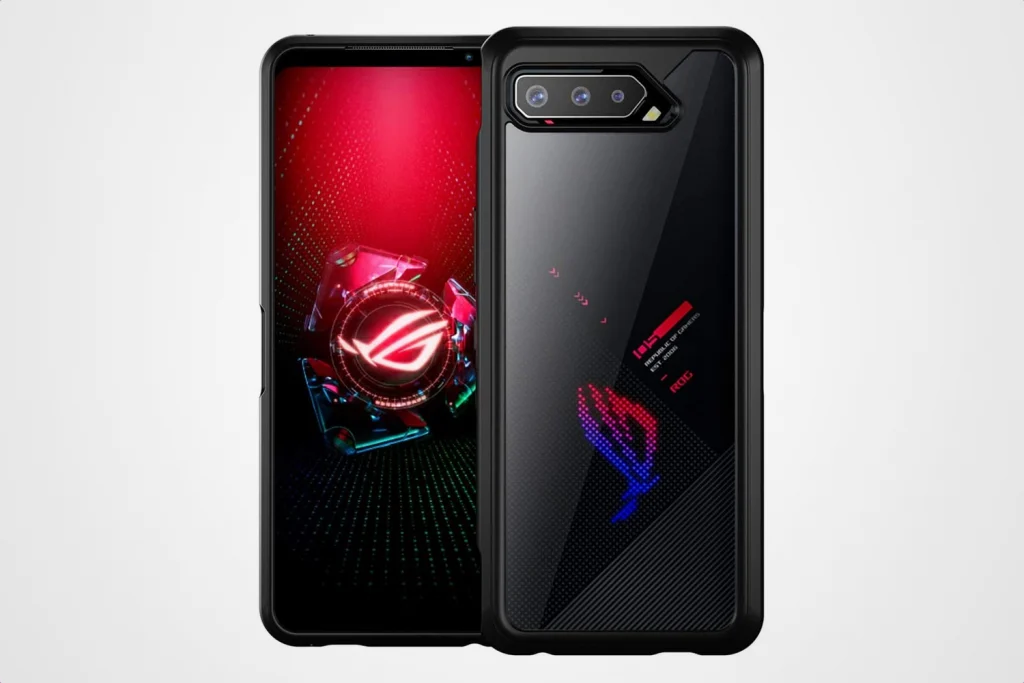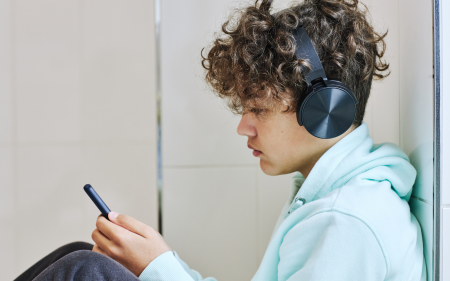Remember when supply chain dramas didn’t threaten to disrupt the launch of every major tech product? Such is life during a pandemic. Still, while the processor shortage isn’t totally solved, mobile makers do at least seem to have a handle on the chip sitch.
Which is good news for smartphone fans: with production plans looking a little less wobbly, 2022 seems set to be a bumper year for handsets. From affordable blowers to folding phones to flagship devices, there’s plenty in store from the big names and upstarts of the mobile industry.
Keen to stay on top of what’s around the corner? We’ve rounded up the confirmed releases, probable launches and rumoured reveals to tell you exactly which smartphones you can expect to see in 2022 – as well as a few we’re hoping emerge from under wraps. Plus we’ll keep this list regularly updated with news of upcoming smartphone launches.
Xiaomi 12
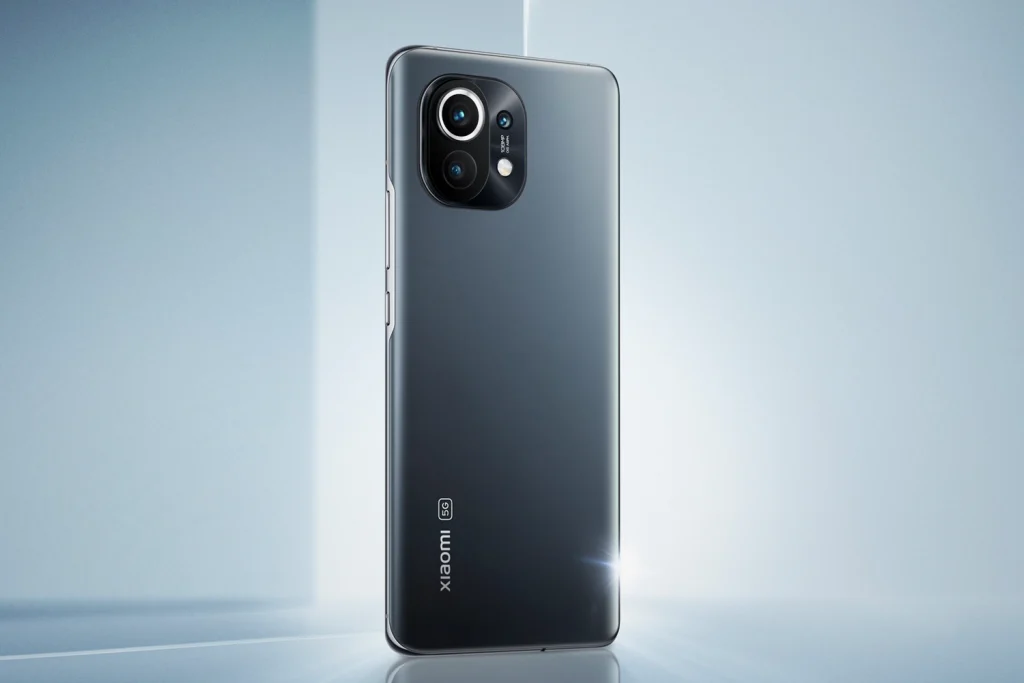
Snapdragon’s new 8 Gen 1 processor has arrived, ready to power the next generation of Android flagships. And the Xiaomi 12 could be one of the first blowers out of the box with the new chip.
The Xiaomi 11T Pro paired a flagship spec sheet with premium looks at a sensible price, even if its software wasn’t the most refined. If the Xiaomi 12 goes the same way, it could be one of 2022’s best-value handsets.
With no more ‘Mi’ in the name, the Xiaomi 12 is predicted to launch in late 2021 or early 2022. Rumours about the new device abound, with talk of everything from 200MP main cameras to under-display selfie snappers.
Probably the more realistic expectation is that the Xiaomi 12 will improve on its predecessor by boosting performance, tweaking camera quality and sticking with broadly the same design. All of which should make it a stellar smartphone – provided the incoming MIUI 13 interface isn’t too clunky.
Realme GT 2 Pro
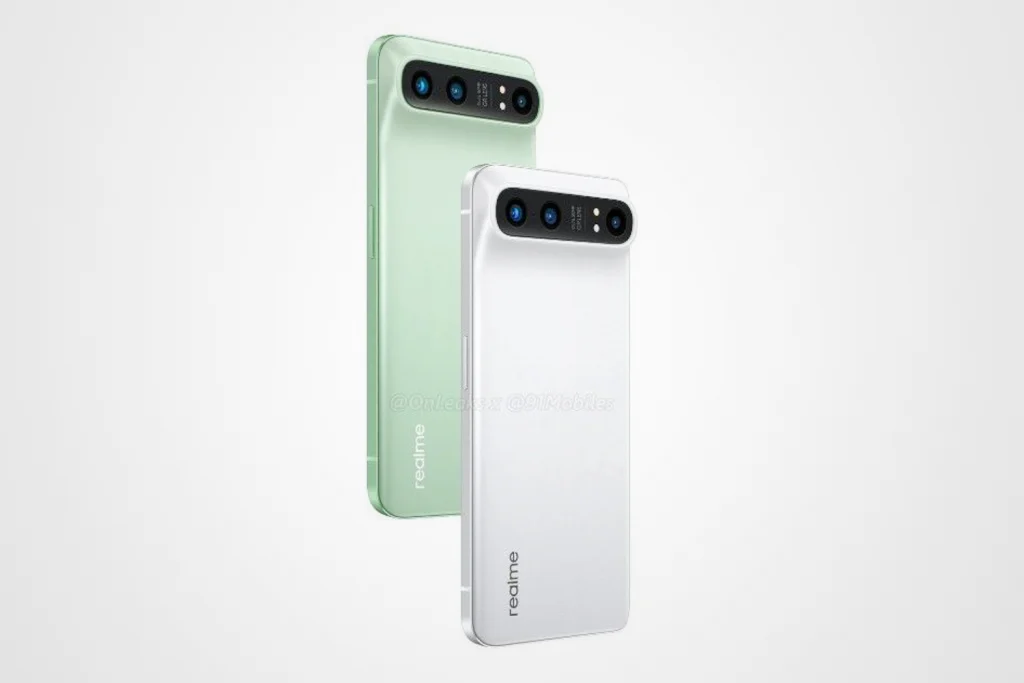
Touted as Realme’s “first and most premium flagship”, the GT 2 Pro is also set to ship equipped with the Snapdragon 8 Gen 1 chip. Previous Realme devices have delivered top-notch performance at more affordable prices than the big-name blower brands, but they’ve always cut a couple of corners to get there.
Last year’s Realme GT, for example, featured a fantastic CPU, punchy 120Hz display and glass back – but also had average battery life and cameras.
That approach looks set to change in 2022, with Realme lining up to launch an “ultra-premium flagship”. Early reports suggest the GT 2 Pro will support lightning-fast 125W charging, run Realme’s UI 3.0 (based on Android 12) and pack a 50MP primary camera – all in addition to that cutting-edge Snapdragon processor.
Pricing is far from confirmed, but we’d expect the Realme GT 2 Pro to hit shelves somewhere around the £475 / $650 mark when it arrives (which should be in the first quarter).
Samsung Galaxy S21 FE
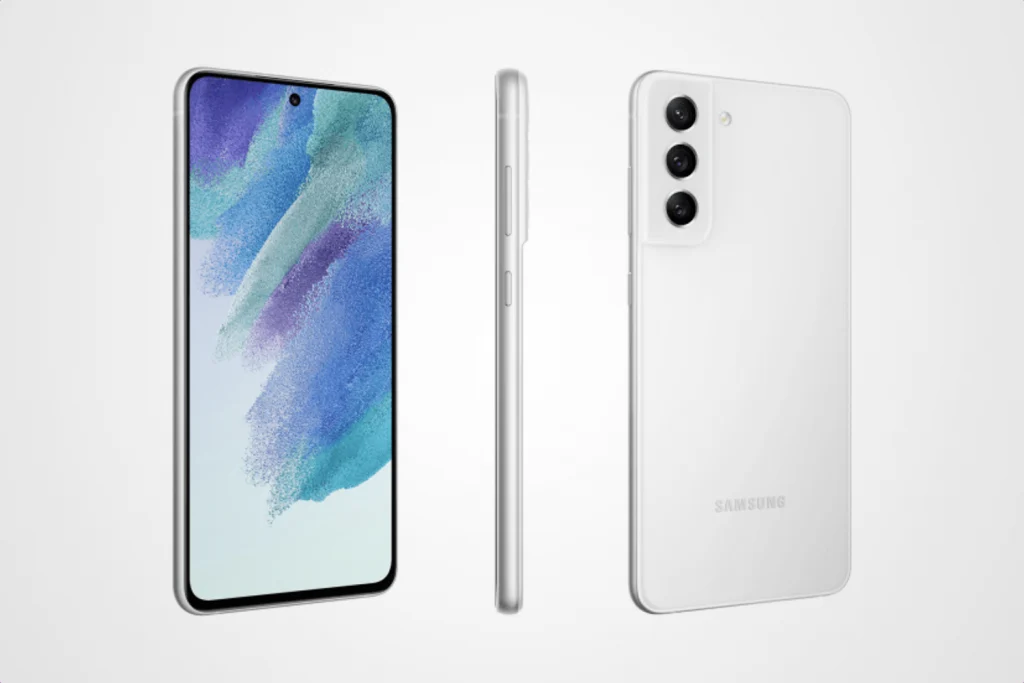
‘FE’ stands for Fan Edition, which in Samsung land means a more affordable version of a Galaxy flagship. The idea debuted with the Galaxy S20 FE, which delivered a dialled-down but still capable smartphone experience.
The Galaxy S21 FE looks set to follow suit. Like the S20 FE, it’s expected to offer solid performance at a more accessible price tag than the standard S20. Pennies will probably be saved by sacrificing premium materials in favour of plastic, as well as a lower resolution rear camera setup – although rumours suggest the selfie cam could come in sharper at 32MP.
Processor specs are still a matter of speculation, with talk of a solid Snapdragon 888 chip in the US, with Exynos processors for international handsets. Either way, the S21 FE could prove a firm favourite – and with a launch expected in the first few months of 2022, we shouldn’t have long to wait for all the details.
OnePlus 10 / Pro
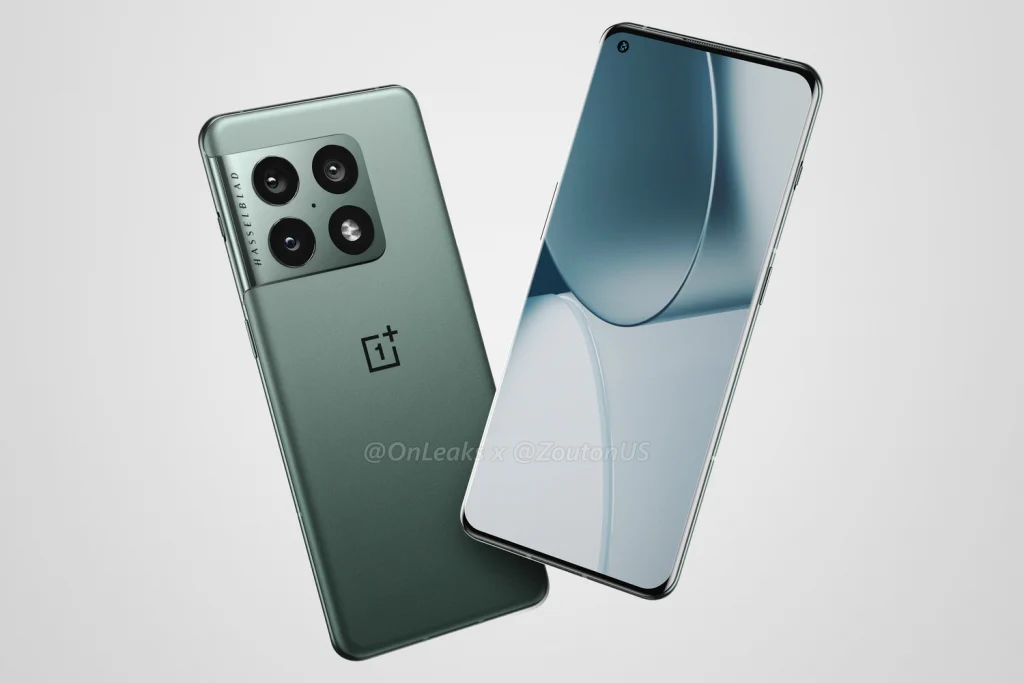
With confirmation that OnePlus won’t be launching a 9T model, all eyes turn towards the full follow-up to the powerhouse OnePlus 9 and 9 Pro. That looks likely to arrive early on in 2022, given that OnePlus normally unwraps its flagship devices around March or April.
There’s little concrete info about what to expect from the next generation. What we know directly from OnePlus is that the new models will ship with overhauled software which combines OxygenOS with Oppo’s ColorOS, following the merger of the two mobile makers.
Elsewhere, early leaks point towards a device that’s visually pretty similar to the OnePlus 9 – unsurprising, given that OnePlus has rarely been a revolutionary force in smartphone design. Further rumours regarding the OnePlus 10’s camera setup and other specs are swirling but unconfirmed, as are the upgrades you can expect from the Pro model. Watch this space.
Huawei P60 Pro
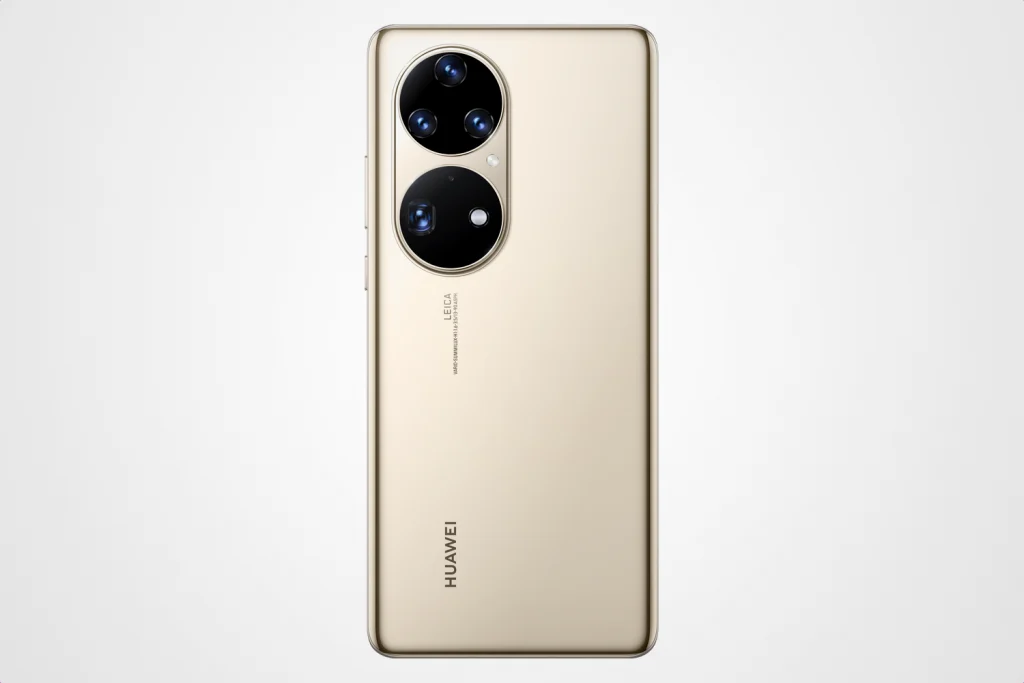
Launched earlier this year, the Huawei P50 Pro was a bit of an odd one. A photography powerhouse, it benefited from a quartet of capable cameras with plenty of megapixels between them – including a periscope lens which offered a stellar 200x digital zoom. Trouble was, ongoing trade restrictions meant the flagship never made it out of China.
Will its successor fair any better? Only time will tell. The Huawei P60 Pro and Pro Plus are expected to arrive in the middle of 2022. Based on the evolution of previous Pro mobiles, the P60 Pro will probably pack some properly powerful camera kit, plus a sizeable full-screen experience.
But little is known about firm specs for the P60 Pro, let alone whether it will ever make it to consumers.
Oppo Peacock

With the arrival of the Samsung Galaxy Z Fold 3, Microsoft Surface Duo 2 and more, 2021 was a solid year for foldables. But the long-term fate of the folding smartphone is still uncertain. Can a Peacock change the game? Oppo’s apparently hoping so.
No stranger to bendable displays (see the Oppo X concept), leaked specs supposedly indicate that Oppo’s new device will run a Snapdragon 888 chip and feature an 8in folding display with a 2K resolution. Not much else is known about this potential entrant into the foldable fold, but it’s certainly interesting to see another manufacturer getting ready to flex.
Some sources suggest the Oppo Peacock – which is probably a working title, rather than the phone’s official moniker – could arrive as early as December 2021. But with so much conjecture flying around, we’ll have to wait and see when the Peacock lands.
Oppo Find X4
 A more certain arrival from Oppo is the upcoming Find X4 and its Pro sibling. Officially scheduled for release in the first quarter of 2022, the fresh flagship is likely to arrive in several guises. If the Find X3 family is anything to go by, that will include an affordable Lite model, a mid-range Neo edition and a top-end Pro device.
A more certain arrival from Oppo is the upcoming Find X4 and its Pro sibling. Officially scheduled for release in the first quarter of 2022, the fresh flagship is likely to arrive in several guises. If the Find X3 family is anything to go by, that will include an affordable Lite model, a mid-range Neo edition and a top-end Pro device.
In fact, Oppo has already confirmed that the new Find X4 Pro will be powered by Snapdragon’s 8 Gen 1 processor. The Find X3 Pro was a five-star smartphone with true flagship performance, styling and specs. If the Find X4 Pro follows in its footsteps (which looks very likely, given the claimed potential of the new Snapdragon chip) then it could have Apple and Samsung quaking in their boots – although its price tag is likely to be an obstacle for many buyers.
Oppo hasn’t penned an exact release date, but with MWC 2022 taking place at the end of February, that could well be the moment that we see the covers taken off the new line-up.
Samsung Galaxy S22

Numbered to match the year, Samsung’s Galaxy S22 has plenty to do after the cancellation of the Note 21. All sources point towards MWC as the moment we’ll see the new Samsung flagship, which means a late-February/early-March birthday for the S22.
But what will Samsung’s new headline smartphone have in store? Sticking to a proven formula, we’re expecting a trio of devices: a standard S22, a more premium S22+ and a flagship S22 Ultra with all the bells and whistles.
Early renders indicate that the S22 and S22+ will represent evolutions of their S21 equivalents in every way, while several sources suggest the S22 Ultra will take a form much closer to that of the Note 20 – including an S Pen slot, wraparound 6.81in display and protruding camera lenses.
It’s widely expected that Samsung’s Galaxy S22 models will ship with a pair of processor variants: an Exynos 2200 chip and the new Qualcomm 8 Gen 1. Price details and other specs – including charging performance – remain uncertain.
Google Pixel Fold
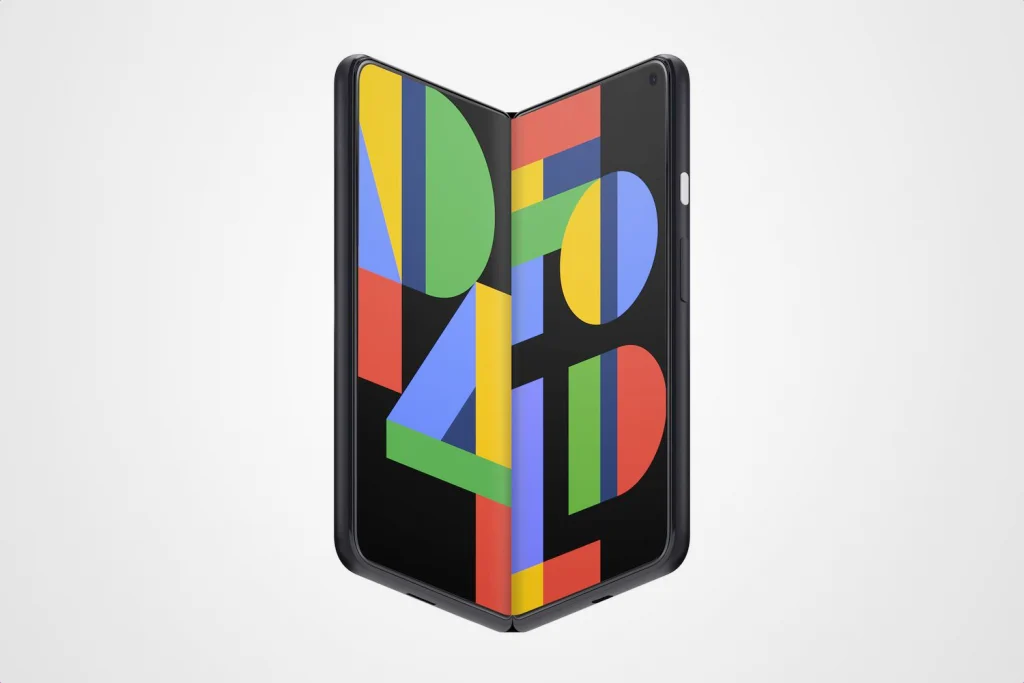
What’s happened to the Pixel Fold? Depending on who you ask, you’ll hear a whole range of answers. Some thought the Pixel 6 would be bendable. Others predicted a separate Pixel Fold device would launch by the end of 2021. Now, the latest info indicates that Google won’t launch the Fold at all – at least, not in its current form.
Does that mean we won’t see a folding Pixel phone in 2022? Not necessarily. More likely, it means that Google has canned its first attempt at a foldable, in order to focus on a fresh handset for release later next year. That would certainly fit with industry intel that claims Google won’t launch a foldable in the first half of 2022.
What will the spec sheet of Google’s foldable have in store? That’s even less certain – although if it follows the mould set by the Pixel 6, you can expect a neat, premium design with a vanilla Android interface that’s optimised for a folding setup.
Nokia 10/X60
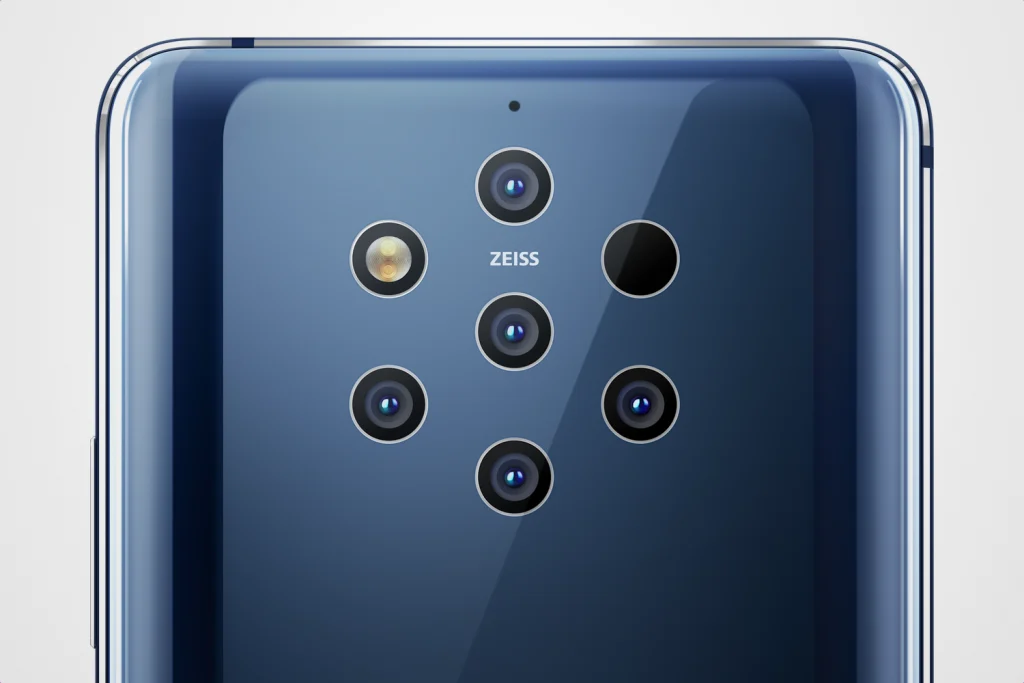
Rumours about a Nokia 9 PureView replacement have been circulating roughly since that device launched at MWC back in 2019. Despite the long wait, there’s still little certainty about if, when or how the multi-lens mobile might be succeeded.
Nokia 9.3, 10, X50, X60…various names have been suggested for the elusive device. One thing that’s clear is that the new handset would be a flagship to set a fresh bar for Nokia, likely to pack all kinds of clever camera tech.
Some sources suggest its delay is due to difficulties sourcing a suitable processor. Whether Nokia has now solved that possible problem isn’t clear. Nor is how much the long-awaited device might cost.
With impeccable performance, a gorgeous display and no shortage of gaming-focused features, the ROG Phone 5 ticked all the boxes for playing on the go.
Firm word about the ROG Phone 6 is thin on the ground, but there’s every reason to suspect that Asus is working on a follow-up. And like every ROG upgrade before it, you can be it’ll deliver faster performance, slicker tricks and an even more delicious screen.
Assuming Asus is indeed developing a ROG Phone 6, when can you expect to see it? Apart from the ROG Phone 5, all other ROG Phones have launched in autumn. We’d tentatively expect the ROG Phone 6 to continue that trend, so keep your eyes peeled around August 2022.
Samsung Galaxy Z Fold 4 & Z Flip 4
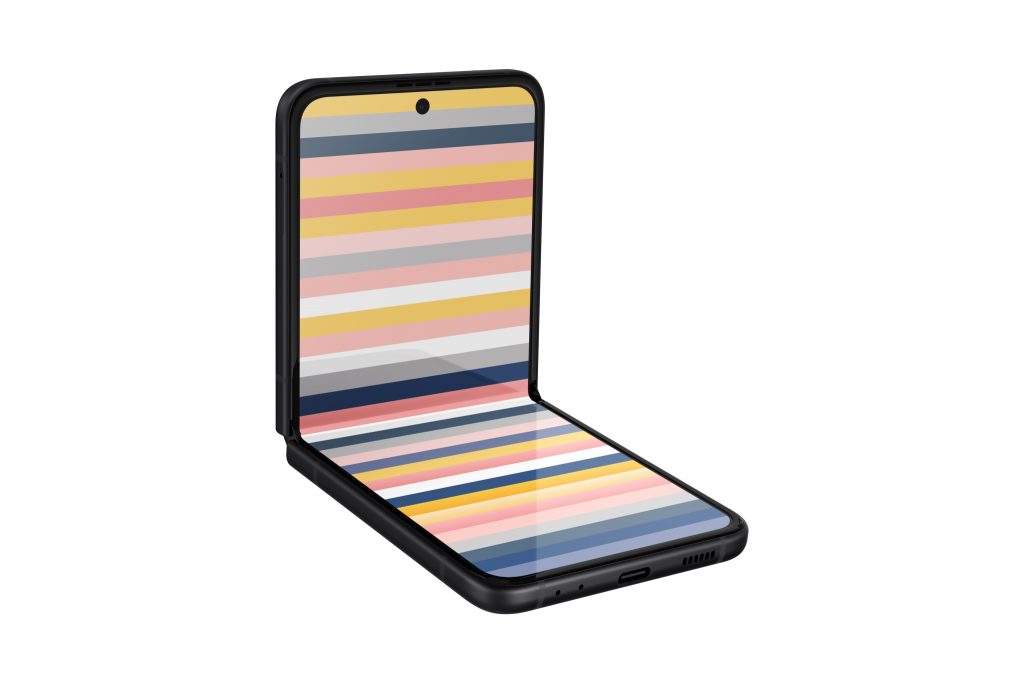
An early and eager advocate for foldable phones, Samsung shows no sign of staying flat in 2022. Having launched the hugely expensive Z Fold 3 and funkier, marginally more affordable Z Flip 3 in 2021, there’s every chance we’ll see successors to both devices arrive next year.
There’s nothing concrete circulating about the specs or design of either smartphone, but we’d hope to see Samsung focus its efforts on reducing the visible crease that plagues the centre of its foldable devices. Improved cameras would also be nice, as would somewhere to stash the S Pen on the Z Fold 4. What we’d like most? A lower price tag, at least for the Flip.
If we do see two new folding Z phones from Samsung, we’d hazard a guess that autumn 2022 would be the most likely launch window, given that previous Galaxy Fold devices have launched in August or September.
Apple iPhone SE 3
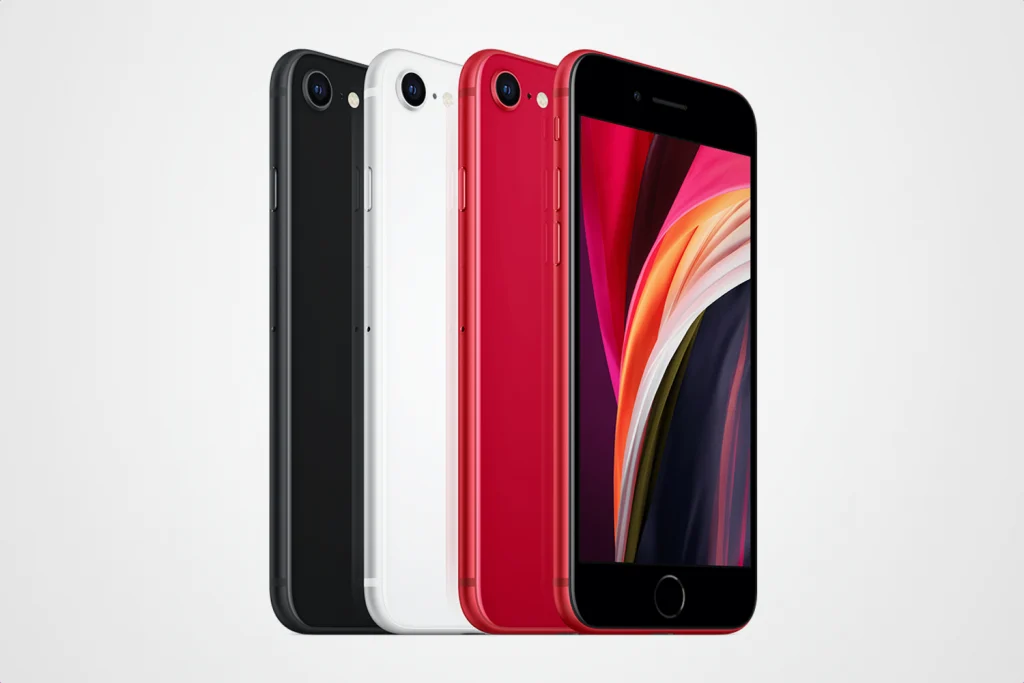
Reviving the iPhone SE in 2020 was a shrewd move by Apple, answering calls for a more accessible model that still delivered the familiar iPhone experience. And if online murmurings are to be believed, a successor to the successor could break cover very soon.
Industry analysts currently predict that the third-gen iPhone SE will arrive in the first three months of 2022. If intel proves accurate, it’ll stick with the home-button-and-bezels styling of the second-gen SE (itself based on the iPhone 8), plus the same 4.7in display size. Whether it’ll also remain limited to a single lens isn’t clear, although that is the clearest distinguishing factor between the SE and its more expensive iPhone cousins.
Among the rumoured upgrades for the iPhone SE 3 are a switch to Apple’s speedy A15 chip, which would certainly make it a gutsy mid-range mobile.
Apple iPhone 14
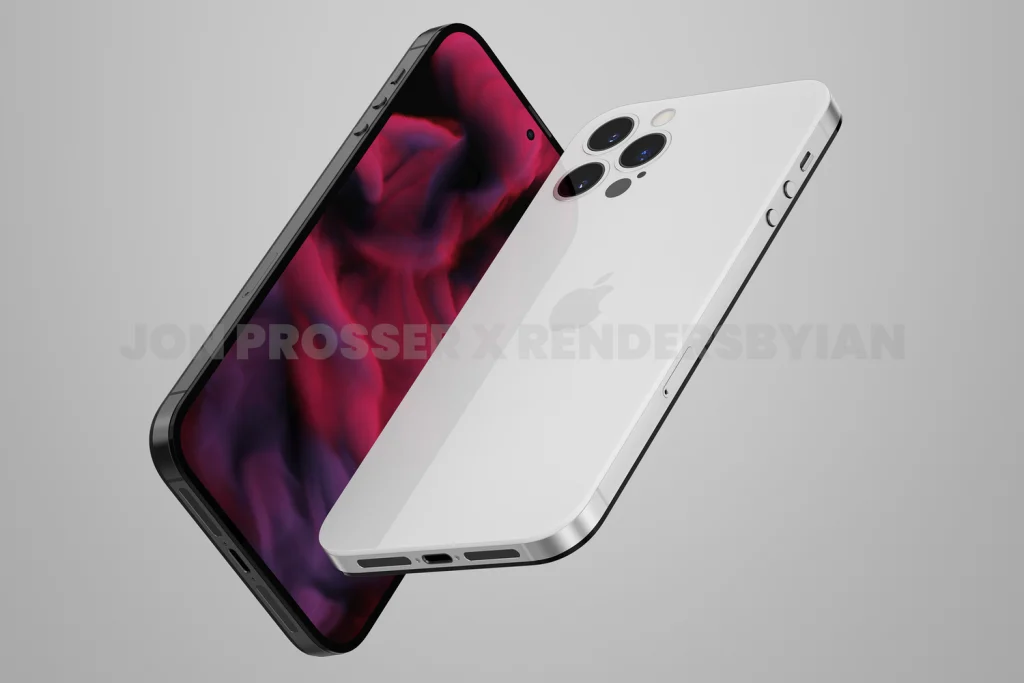
Like clockwork, Apple is expected to unwrap a fresh batch of iPhones in 2022. And like both the iPhone 12 and iPhone 13 before it, the iPhone 14 family is likely to include a standard, a Mini, a Pro and a Pro Max model.
Traditionally, Apple only gives its flagship iPhones a major upgrade every other year. That trend was continued with the iPhone 13, which retained broadly identical dimensions and designs from the iPhone 12, while also tweaking the camera hardware and performance.
So we’d expect significant shooting and performance upgrades with the iPhone 14. But could we also see a substantial design overhaul? Besides a shift to flat-panel aluminium edges for the iPhone 12, Apple hasn’t strayed too far from the design language established with the iPhone X. At the very least, we’d hope for the long-overdue removal of the selfie camera notch – while some early leaks indicate that Apple might also flatten the rear camera bump.
When will the iPhone 14 (and its siblings) break cover? Apart from 2020, when its schedule was disrupted by the global pandemic, Apple routinely launches its latest flagships in September – which is exactly when we’d expect to see the iPhone 14.
Google Pixel 6a
![]()
Google’s Pixel 6 and Pixel 6 Pro handsets launched in October 2021, with top-notch internals, revamped designs and improved camera hardware which signalled a return for the Pixel family to flagship status.
As with the previous three Pixel generations, it’s widely believed that a mid-range version will launch next year. Early leaks indicate that the cheaper Pixel 6a will still ship with Google’s own Tensor processor, plus a design similar to its premium siblings – including the distinctive rear camera bar.
The savings seem likely to come courtesy of impressive shooting skills, with some sources suggesting that the Pixel 6a will have camera kit equivalent to what was found on the Pixel 3.
Judging from the release dates of previous Pixel ‘a’ devices, we’d expect to see the Pixel 6a break cover in August 2022.


